Army Just Received Its First Operational PrSM Ballistic Missiles
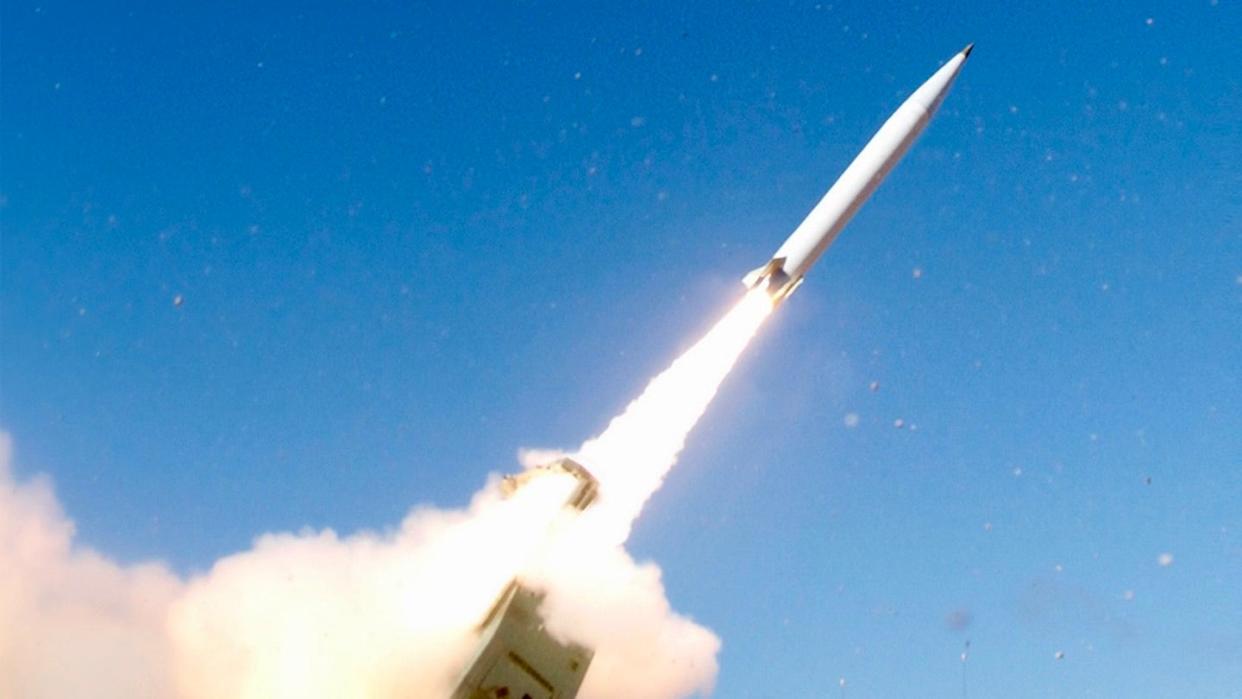
The U.S. Army has now received its first operational examples of the Precision Strike Missile (PrSM) short-range ballistic missiles. The PrSM is set to supplant the existing Army Tactical Missile System, or ATACMS, an older short-range ballistic missile design that has become something of a household name thanks to the conflict in Ukraine.
The Army confirmed the receipt of an initial batch of PrSMs earlier today, but did not say how many total operational missiles it now has in inventory. The service has described these weapons as providing an early operational capability ahead of a formal declaration of reached initial operational capability with the type next year. The Army's 2024 Fiscal Year budget request pegs the current unit cost of each one of these missiles at just under $3.5 million.
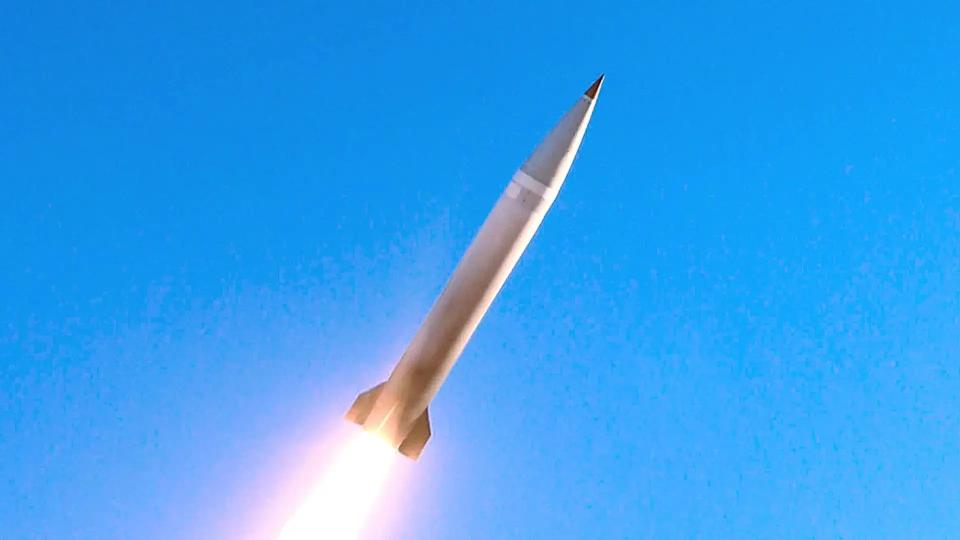
"The Precision Strike Missile will provide Joint Force commanders with a 24/7, all-weather capability that will counter the enemy’s ability to conduct combat maneuver and air defense operations," Doug Bush, assistant secretary of the Army for Acquisition, Logistics and Technology, said in a statement about the initial deliveries. "The rapid development and delivery of this capability is a prime example of the Army’s aggressive use of new acquisition authorities from Congress that allow us to move at much greater speed to get improved equipment to Soldiers."
The operational PrSMs that the Army has now are baseline Increment 1 variants, which have a unitary high-explosive warhead. The missiles are precision guided, but are designed to engage static targets only.
PrSM is designed to be fired from existing tracked M270-series Multiple Launch Rocket System (MLRS) and wheeled M142 High Mobility Artillery Rocket System (HIMARS) launchers. A single M270 can be loaded with up to four PrSMs at a time, while the maximum load for the M142 is two.

To date, the Army has declined to disclose PrSM's exact maximum range, stating only that it is at least around 250 miles (400 kilometers). However, a declassified Pentagon Selected Acquisition Report (SAR) on the program released earlier this year says that it is actually around 310 miles (500 kilometers) and that this could grow to some 400 miles (650 kilometers).
Lockheed Martin, which manufactures the PrSM, noted that "the missile ... maneuvers at hypersonic speeds to align to the target" in a press release the company put out in November following a successful production quality test launch at White Sands Missile Range, New Mexico.
Ballistic missiles, in general, often reach hypersonic speeds, defined as anything above Mach 5, in the latter stages of their flights. This makes them harder to intercept and also gives designs with unitary warheads an inherent ability to burrow down deeper to engage hardened targets. Traditional ballistic missiles are, however, not usually included in current discussions about hypersonic weapons, which focus on advanced designs with higher degrees of maneuverability and sustained hypersonic flight.
Multiple variants of ATACMS that PrSM will replace have been fielded over the years, including types with cluster munition payloads and unitary high-explosive warheads, as you can read more about here. Each ATACMS is physically larger than PrSM, meaning that an M270 MLRS can only be loaded with two at a time, while the M142 HIMARS can fire just one before needing to reload.
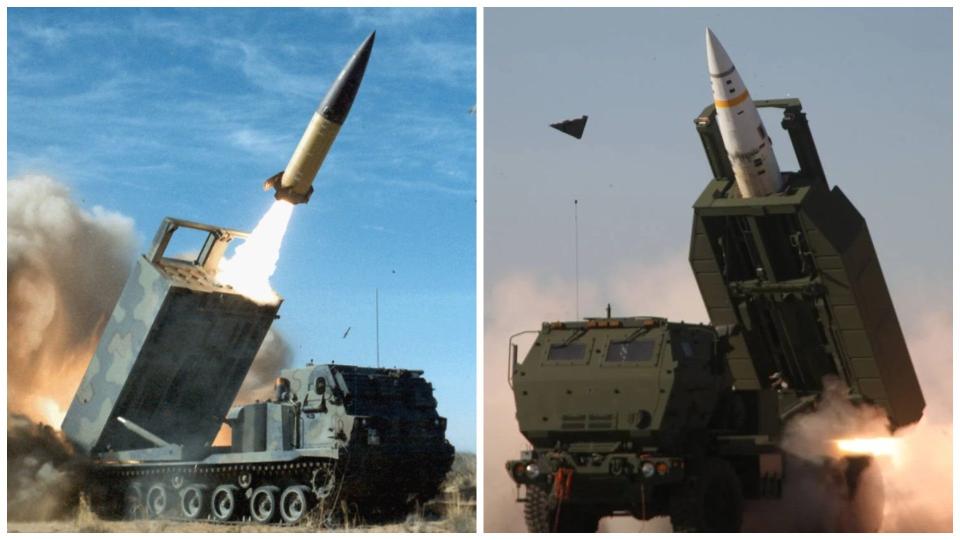
There has been a steady effort within the U.S. military to transition to non-cluster munition types in recent years. The most modern version of ATACMS in service today is the MGM-168A, also known as the ATACMS Block IVA and the M57, which has a 500-pound-class high-explosive warhead and a stated maximum range of 300 kilometers (186 miles). That range is directly linked to the provisions of the now-defunct Intermediate-Range Nuclear Forces Treaty, or INF, which entered force between the United States and the Soviet Union in 1988. That agreement remained in force between the United States and Russia until its collapse in 2018.

The end of the INF opened the door to PrSM having a significantly greater range than ATACMS. Though details about the exact size and nature of PrSM's warhead are limited, the Army has said it is an "optimized" type "designed to achieve the same effects as ATACMS," according to Naval News.
Altogether, PrSM looks set to offer the Army a significant boost in long-range strike capability. The service is also already planning to acquire additional variants and/or derivatives with further improvements and added functionality.
The planned Increment 2 missiles will feature a multi-mode seeker and be capable of engaging moving targets. Work on this version is currently centered on its use as an anti-ship weapon, though it could potentially be used against other target sets.
Increment 3 is stated to revolve around further unspecified "enhanced" payloads. This could include new unitary warheads better optimized for certain target sets. There have also been discussions in the past about using PrSM as a stand-off means for deploying swarms of loitering munitions, also known as kamikaze drones, and other more novel payloads.
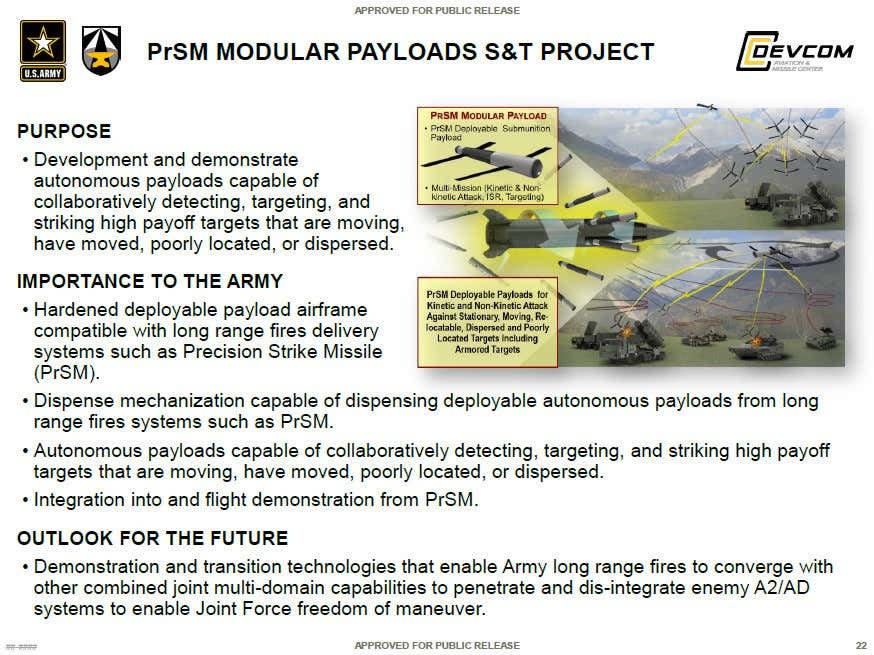
Lastly, the Army wants a version of PrSM, known as Increment 4, with a maximum range extended out to some 620 miles (1,000 kilometers). Though the goal is for this missile to have the same form factor as the baseline Increment 1 type, it may have a substantially different design that includes some kind of air-breathing propulsion system, as you can read more about here.
The Army video below depicts M142 launchers and uncrewed derivatives thereof called Autonomous Multi-Domain Launchers (AML) employing different PrSM types.
https://www.youtube.com/watch?v=8F_bLSbpA7U\u0026t=103s
Army budget documents say the service plans to eventually acquire at least 3,986 Increment 1 PrSMs. It is unknown how many examples of the other variants it might be looking to acquire in the future. Depending on the exact nature of the Increment 2, 3, and even 4 designs, it is possible some of those could be created by converting Increment 1 missiles.
The entire PrSM family is part of a larger future long-range vision the Army has been working toward in recent years. This also includes a new land-based launch system called Typhon that is capable of firing SM-6 multi-purpose missiles and Tomahawk land-attack cruise missiles and the Dark Eagle hypersonic missile being developed in cooperation with the U.S. Navy.
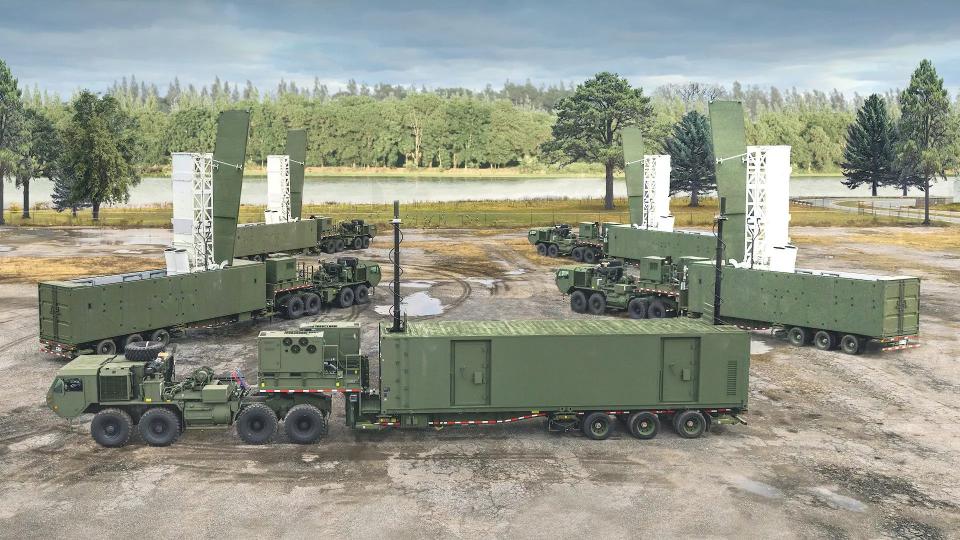
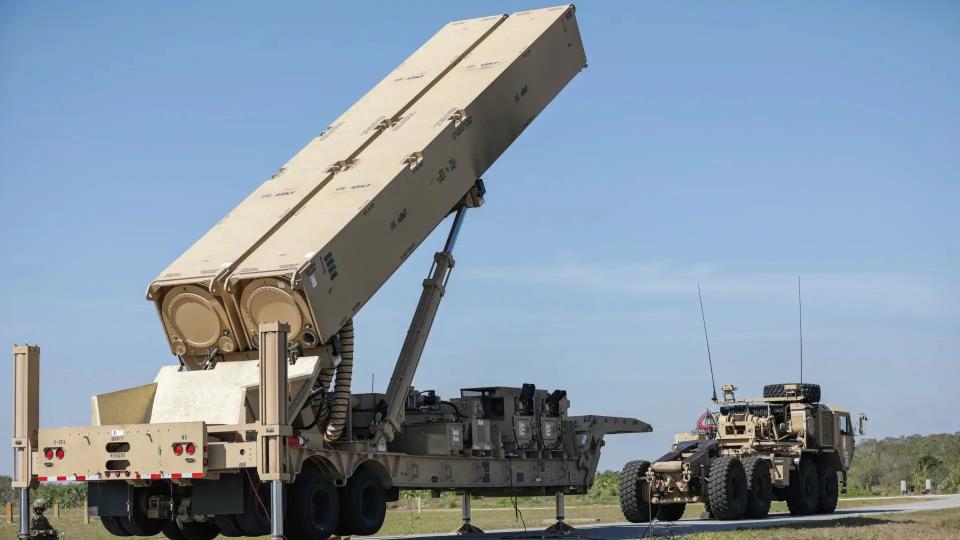
The Army views PrSM and the rest of its slate of future long-range strike weapons as critical for success in any future high-end conflict against a near-peer adversary, especially one against China in the Pacific.
It remains to be seen whether or not PrSM will enter service with other operators. The U.S. Marine Corps also has ATACMS missiles now, but is pursuing its own slate of new long-range ground-based missile capabilities. The Corps efforts center on a 4x4 uncrewed launcher vehicle based on the Joint Light Tactical Vehicle (JLTV) that is already capable of being configured to fire Naval Strike Missile (NSM) anti-ship cruise missiles and Tomahawks.
ATACMS also remains in production and continues to find new customers overseas. Though the INF is gone, the United States is a party to the Missile Technology Control Regime (MTCR), which imposes limits on the maximum range and other capabilties of ballistic and other missiles it exports.
As The War Zone has previously reported, the start of PrSM deliveries could also help free up Army ATACMS for transfer elsewhere, particularly to Ukraine. Ukrainian forces first began using older ATCAMS variants, and doing so to good effect, in October. There have already been indications that the country could be set to get newer, longer-range versions in the coming year.
https://twitter.com/ChristopherJM/status/1714321898941645259?s=20
Whatever the case, the U.S. Army has now received its first operational PrSMs, which represent an important new addition to its long-range strike capabilities.
Contact the authors: joe@thedrive.com, oliver@thewarzone.com

